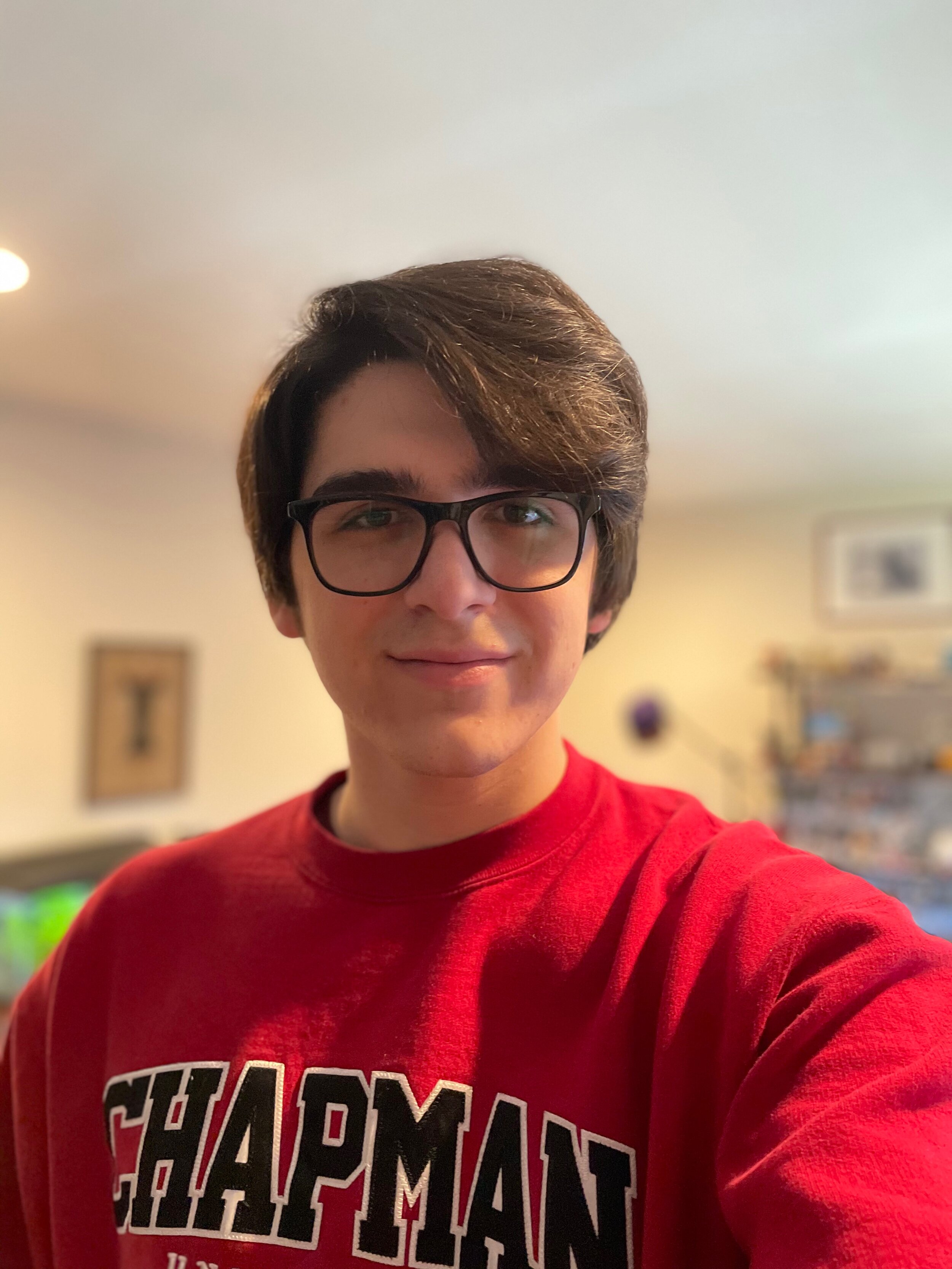Opinion | Meditations on snorkeling
Caden McQueen, Opinions Editor
Beneath the waves of the Pacific Ocean, there exists a primordial realm so foreign and complex that one must see it to believe it.
In the nutrient-rich neritic zone, towering stalks of giant kelp shoot up from the rocky sea floor by the thousands. Rising through the darkness of deeper waters to reach the life-giving sunlight above at a rate of two feet per day in ideal conditions, these great heterokonts serve as the basis for one of the west coast’s most vibrant aquatic ecosystems. More than 1,000 species of plants and animals make their home among the amber fronds of California’s many kelp forests.
The spaces these flora and fauna inhabit have little in common with the terra firma we humans call home. The variable density of the water places the forces of buoyancy and gravity in constant conflict, allowing the kelp forest’s denizens to move weightlessly about their habitat. Light, color and sound are also heavily altered by the properties of seawater, creating a distinct sensory experience unlike any found on dry land.
Although such an alien environment may seem like it could not possibly share a world with our own, one is never too far away from a kelp forest on the California coast; the closest one to Chapman University can be found off of Corona del Mar State Beach, a picturesque stretch of sand popular with sunbathers and swimmers alike. Coincidentally, it was there I first became enthralled with the overwhelming beauty of the kelp forest.
My family went down to Corona del Mar State Beach in October 2015 to visit with some relatives. Bored, my brother and I strapped on some old snorkeling gear and ventured out into the surf, half-expecting the turbid water to prevent us from seeing anything more than our hands in front of our faces. As we paddled out further, the scenery below us quickly began to reveal itself.
I fell in love almost immediately. From the moment I first saw the imposing forms of the giant kelp in the distance, I was captivated. Hovering above the ethereal undersea meadows that encircle the forest’s perimeter, I decided I had found my new favorite pastime: snorkeling.
That sun-bleached diving mask and plastic snorkel had offered me a glimpse into the sublime. Entering the kelp forest was like stepping into a subaquatic Harriet Cany Peale painting, complete with the dramatic landscapes and rich hues one might expect from a student of the Hudson River School.
It was escapism in the truest sense of the word. I had no choice but to leave myself on the beach and take on a new life experience not unlike those of the aquatic creatures I had come to observe. There were no oxygen tanks, regulators or buoyancy control devices to compensate for my body’s shortcomings underwater; as I drifted to and fro with the tide, I was as much a part of the ecological community as any other fish gliding between the kelp.
Without any partition between my body and the vast open space of the ocean, even the most serene moments were underscored by an animalistic situational awareness. I was utterly vulnerable, my body ill-equipped to handle any danger my surroundings could potentially present.
It was as if some long forgotten survival instinct had re-emerged from the depths of my subconscious, finally realizing the natural function of anxiety. Those brisk waters had enveloped me in both divine peace and sheer terror. I had never felt so exhilarated in all of my life.
Like an addict chasing a high, I’ve frequently revisited the kelp forest with hopes of recapturing the rush of that first experience. Thankfully, the azure shoals of Corona del Mar State Beach have not yet lost their luster.
Of course, not every journey has been as perfect as that day was; on one particularly ill-conceived trip, my dear friend Karson Utzinger and I got absolutely battered by eight foot swells. After a wave unceremoniously ripped my snorkel and mask off of my face — casting them into the depths below — we decided it would be best to throw in the towel.
Nonetheless, I thoroughly enjoyed myself. Even the worst snorkeling experience maintains the intensely transportive qualities that made me fall in love with the hobby back in 2015.

